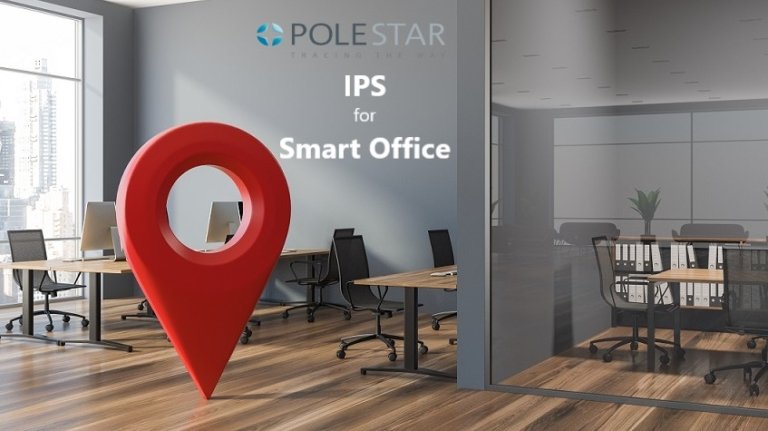



Schneider Electric was responsible for providing a digital application for a “better use of The “Island” the new head office of Pernod Ricard.
Location based services powered by NAO® Suite, the Pole Star’s Indoor location solution
Schneider Electric relied on Pole Star for the implementation of geolocation throughout the building and to integrate the geolocation capabilities in the mobile application made available to all building users, employees, visitors, external contributors …
Among the features of the “The Island” mobile application, several services are based on Indoor geolocation:
A pre-integrated lightweight infrastructure
The IPS (Indoor Positioning Service) relies on a lightweight infrastructure available throughout the building. This infrastructure compatible with Pole Star’s indoor geolocation services, the NAO® suite, pre-integrated into multifunction sensors devices installed throughout the building has been completed by the autonomous NAO® BlueSpot beacons from Pole Star. This pre-installed infrastructure turned this building into an “Indoor Location ready®” building.
The “Indoor Location ready®” building
The “Indoor Location ready®” concept developed and promoted by Pole Star aims to integrate the IPS infrastructure directly into various connected equipment, electrically powered and installed in buildings (multifunction sensor, lighting, wifi access points, etc. ) from the building construction or renovation phases, in order to make the buildings ready to quickly and easily implement location based services.
The landlord, the tenant, the facility manager can then implement geolocated services and make them evolve in a simple “plug & play” form as needed.
Indoor location is now an essential service which greatly contributes to making buildings even more “Smart”, at the service of users.
Value for users and value for building managers
In office space environments, it allows
Indoor location brings valuable data to the BMS
The interaction of IPS with BMS (Building Management System) broadens the spectrum of applications and services. For the flexible management of workspace, IPS is the essential service for implementing and managing it daily.
It’s all about efficiency
In line with the R2S reference framework established by the Smart Building Alliance, preinstalled IPS in buildings makes it possible to accommodate applications and services that facilitate the daily lives of users (guidance, presence, occupation, etc.) ensure their safety (evacuation of the site, geolocated emergency call, guidance of first responders, alert of entry into a reserved or dangerous area, distance measurement, search for contact cases, etc.) and optimize the management of spaces in the interests of daily comfort for users and optimization of costs for managers.
To know more about IPS for Smart Office